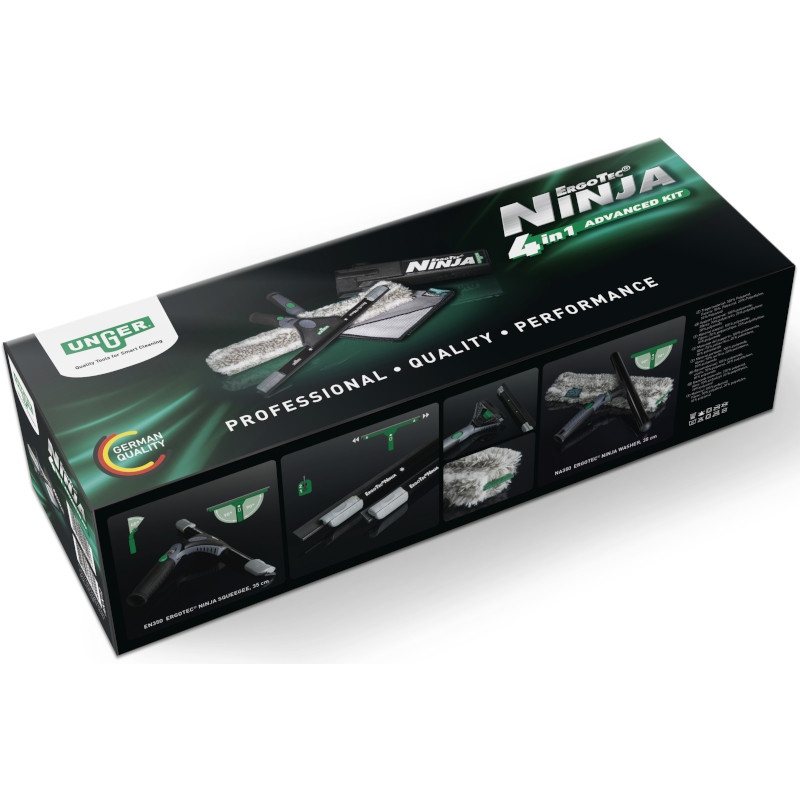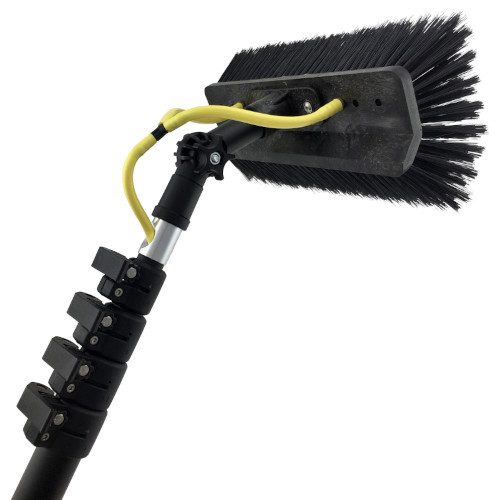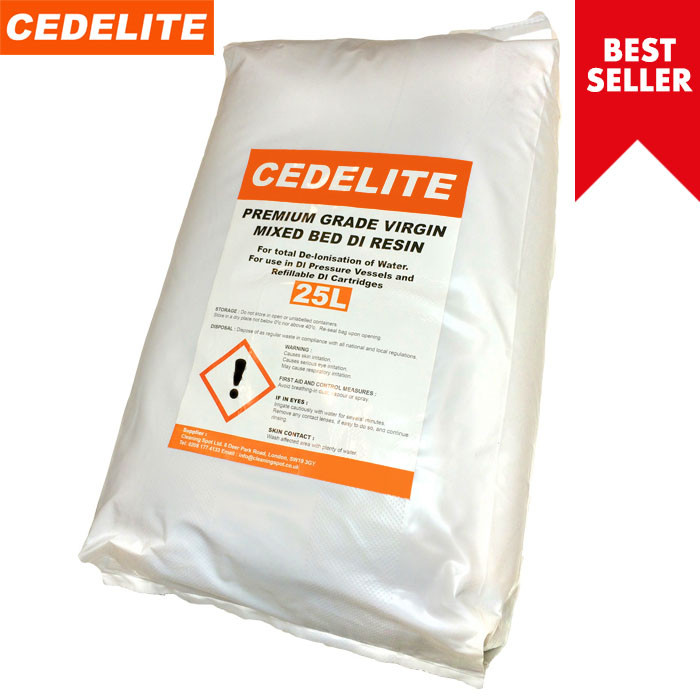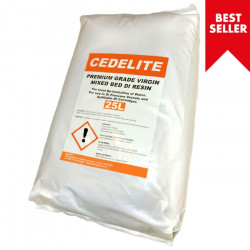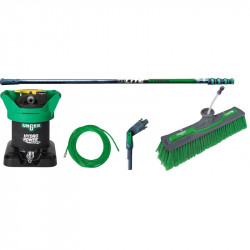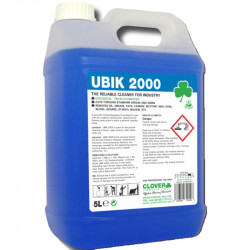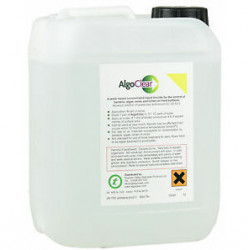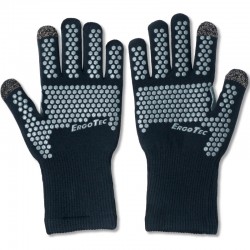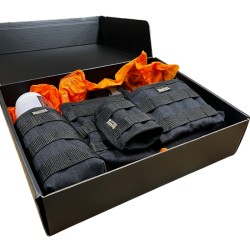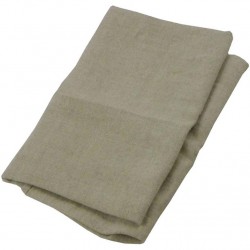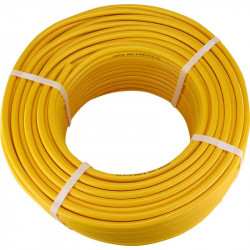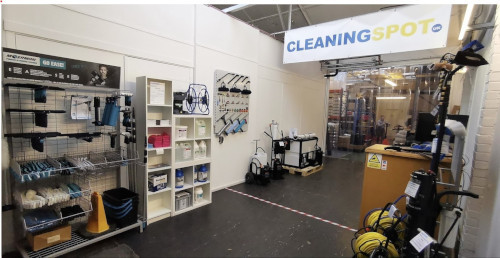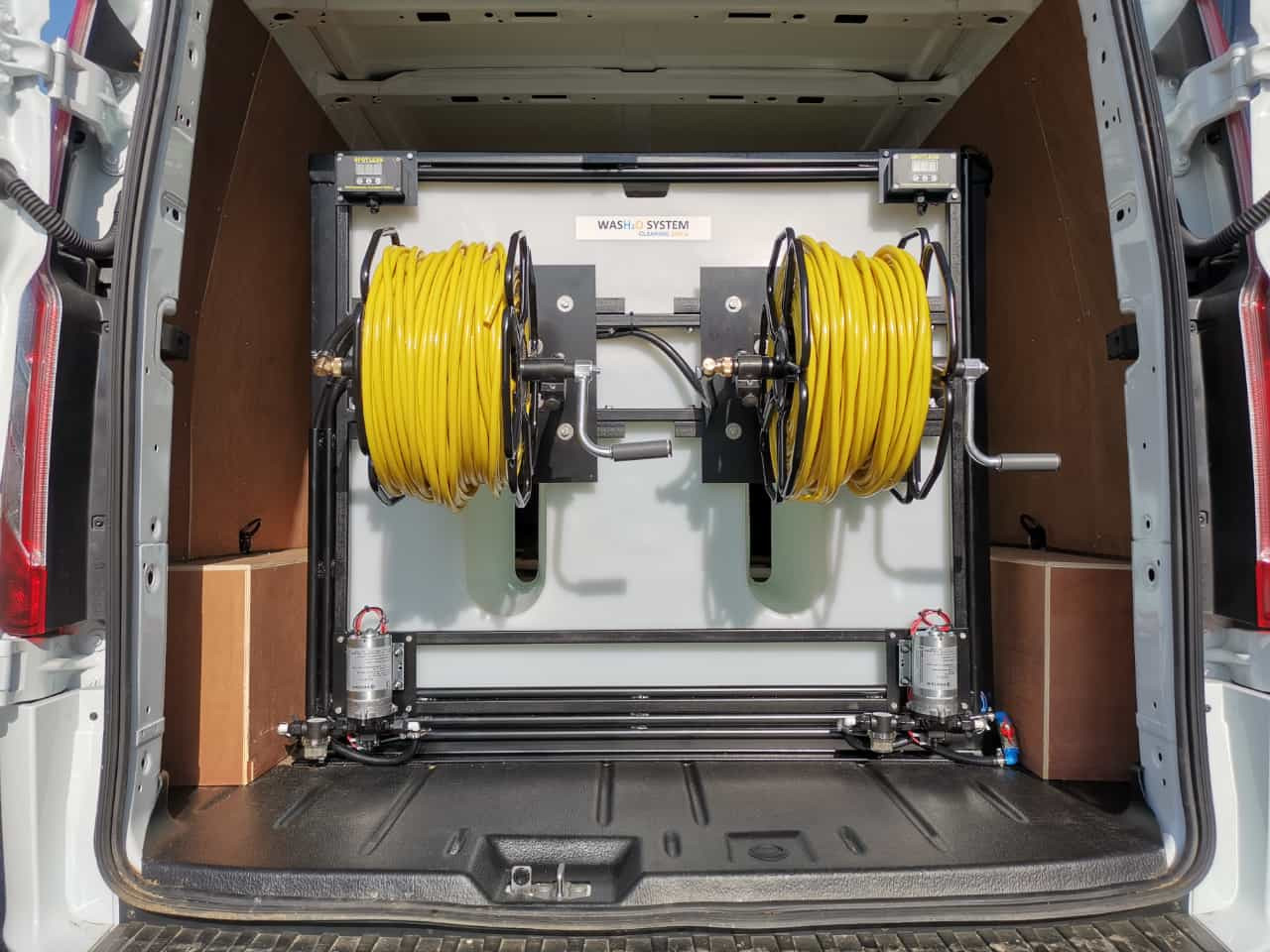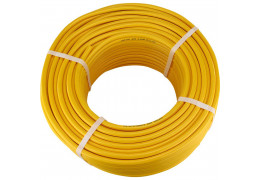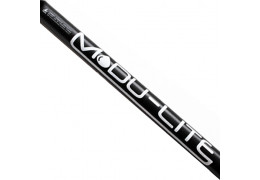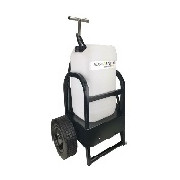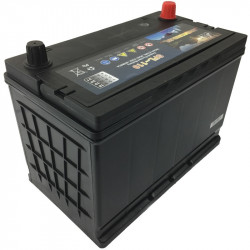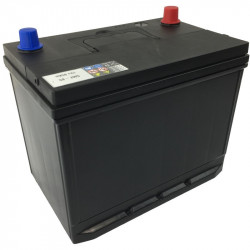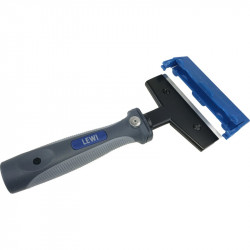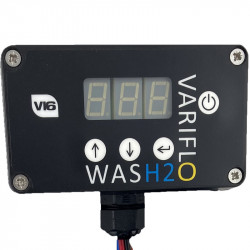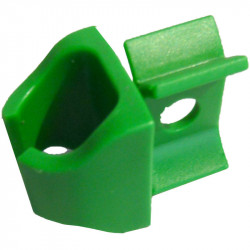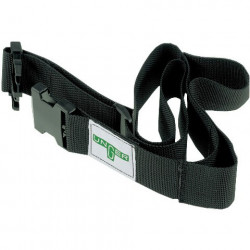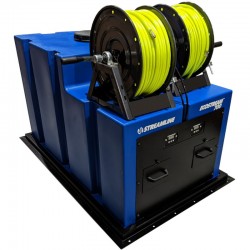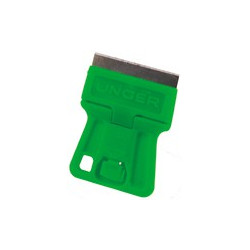Q: What is Waterfed Window Cleaning? This is the system of cleaning windows using flowing water from a brush.
Search in blog
Blog categories
Latest posts
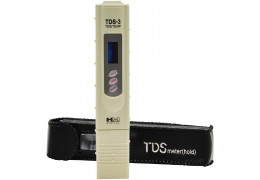
TDS meters
24 Jun 2022
Read more
Posted in:
TDS meters
1325
views
Q: "What is a TDS meter?" Basically a small electrical device that is able to measure water purity.
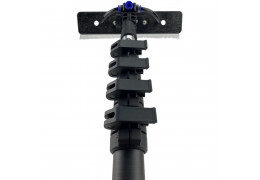
Telescopic WFP Poles
10 Jun 2022
Read more
Posted in:
Water Fed Window Cleaning
1222
views
Telescopic WFP Poles FAQ
Popular posts
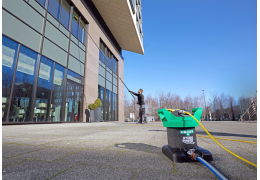
Window cleaning equipment to reach and to wash high windows
24 Apr 2020
Posted in:
Water Fed Window Cleaning
11649
views
what is the right equipment to reach and to wash high windows, ensuring the safety of the workers involved and great...
Read more

What is DI Resin?
10 Jan 2019
9721
views
What is DI Resin? What is it used for? Why do you need it for your window cleaning business? Check these...
Read more
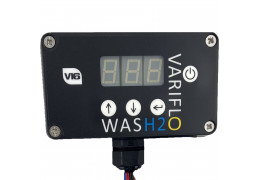
Pump Controllers
17 Jan 2019
5518
views
Pump controllers are really useful bits of kit and serve many functions in a water few pole system. Use this guide...
Read more

Hydrophilic or Hydrophobic glass?
10 Jun 2022
4397
views
There are essentially three different types of glass. As each type can have different choices of equipment and...
Read more

What equipment does a window cleaner need?
27 Jun 2020
4366
views
What equipment does a window cleaner need? With minimal investment in cleaning equipment, certification, and...
Read more
Featured posts
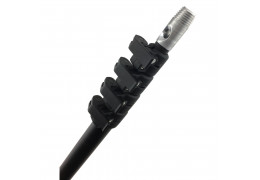
What is Waterfed Window Cleaning?
24 Jun 2022
Posted in:
Water Fed Window Cleaning
1008
views
Q: What is Waterfed Window Cleaning?
This is the system of cleaning windows using flowing water from a brush.
Read more

Telescopic WFP Poles
10 Jun 2022
Posted in:
Water Fed Window Cleaning
1222
views
Telescopic WFP Poles FAQ
Read more
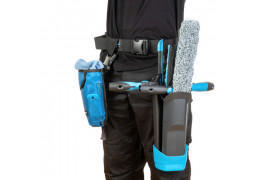
Moerman tools
10 Jun 2022
Posted in:
Traditional Window Cleaning
850
views
Moerman tools for UK market explained
Read more

What equipment does a window cleaner need?
27 Jun 2020
4366
views
What equipment does a window cleaner need? With minimal investment in cleaning equipment, certification, and...
Read more

Window cleaning equipment to reach and to wash high windows
24 Apr 2020
Posted in:
Water Fed Window Cleaning
11649
views
what is the right equipment to reach and to wash high windows, ensuring the safety of the workers involved and great...
Read more


